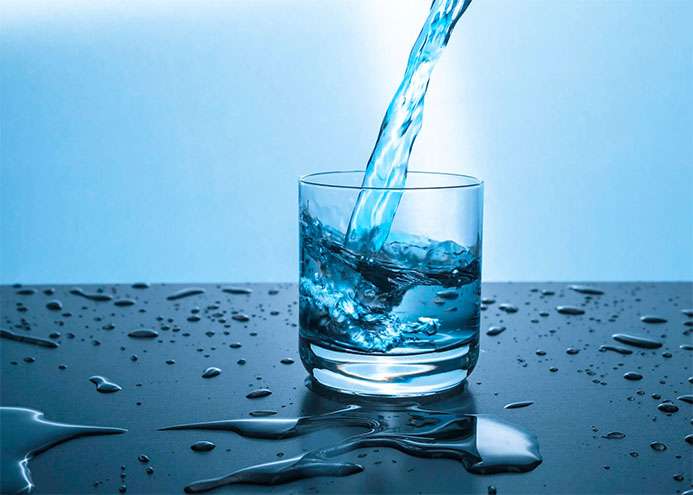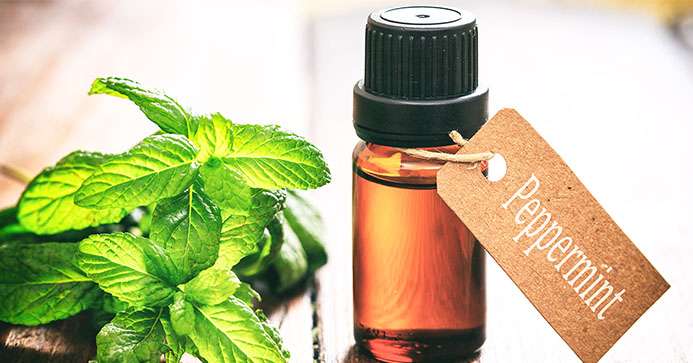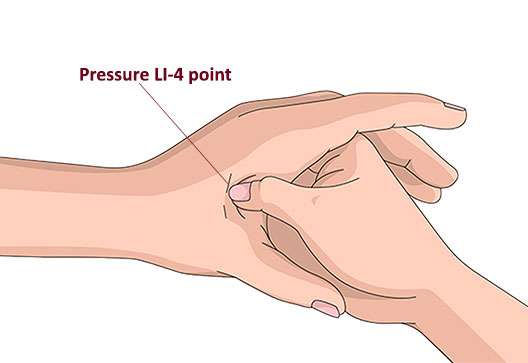Migraine attack can be debilitating, often leaving those who suffer from them searching for quick and effective relief. While medications can help manage the pain, there are also natural home remedies for migraine attacks that can provide comfort and relief. In this article, we will explore some of these remedies that are not only gentle on your body but also easy to incorporate into your daily life. Whether you’re a migraine sufferer looking for alternatives or someone seeking to support a loved one through their migraine journey, these home remedies offer valuable insights for holistic migraine relief.
Dehydration is a common trigger for migraines, and staying hydrated can help prevent migraine attacks. When the body loses more liquid than it takes in, dehydration occurs, and the water/ion/osmole balance in the brain is disrupted, which can activate some receptors and cause a migraine. Drinking plenty of fluids, especially water, is essential to stay hydrated and prevent dehydration.

Hydration therapy is a treatment for migraines, and approximately 40% of patients visiting US hospitals for acute migraine attacks receive hydration via intravenous fluids as part of their treatment. However, the evidence for dehydration as a trigger for migraine is shaky, so it is not clear why the fluids alone might carry a benefit.
Here are some tips to ensure you stay hydrated every day and prevent migraine attacks:
– Drink plenty of water throughout the day
– Eat hydrating foods
– Avoid excessive consumption of diuretics (foods/beverages that increase the production of urine), such as coffee, black and green tea, cola, alcohol, some herbal teas (dandelion, hibiscus, hawthorn)
– Avoid sugary drinks like fruit juice and soda
– Try electrolyte solutions formulated with electrolytes and glucose designed for rapid rehydration, like sports drinks to help prevent dehydration
– Suck on ice cubes
– Reduce physical activity in hot weather or during a migraine
– Rest
Peppermint essential oil is a popular natural remedy for migraine relief. Peppermint oil contains menthol, which can help relax muscles and ease pain. It is believed that applying diluted peppermint oil topically can help relieve pain from both tension headaches and migraine attacks. Here are some ways to use peppermint essential oil for migraine relief:

Peppermint oil is also shown to be effective for the additional symptoms that migraine, sinus, tension, and cluster headaches may cause, such as nausea, stress, congestion, runny nose, and muscle pain. However, it’s important to note that the research on peppermint oil is very limited. Additionally, as menthol is a stimulant, peppermint oil should not be used before bedtime.
Sensory triggers can exacerbate migraine attacks. Find a quiet, dark room where you can lie down and rest. Block out light with blackout curtains or an eye mask, and use earplugs or calming music to minimize noise disturbances.
Ginger is a natural remedy that has been used for centuries to treat various ailments, including headaches and migraines. Ginger contains anti-inflammatory properties that can help reduce inflammation and restrict blood vessels, which can be beneficial for migraine sufferers. Ginger extracts may also increase serotonin levels in the brain, which can help stop migraines by reducing inflammation and restricting blood vessels. It is suggested that raw ginger or proprietary ginger extracts may be useful as a home remedy for patients who experience an episode of migraine and who, for whatever reason, cannot take established first-line treatments for acute migraine.

Ginger tea is tasty way to help soothe headache pain or reduce the nausea caused by a migraine attack. Ginger tea has a spicy, invigorating taste and is used as a home remedy for indigestion, nausea, and to ward off colds, flu, and sore throats. Drinking ginger tea can be helpful when coping with migraines or headaches. Brew a cup of ginger tea by boiling fresh ginger slices in water for about 10 minutes. Sip it slowly to alleviate nausea and reduce headache discomfort.
While too much caffeine can trigger migraines, a moderate amount may actually help relieve them. A cup of coffee or tea can constrict blood vessels and reduce pain. However, be cautious not to overdo it, as caffeine withdrawal can also trigger headaches.
Applying a cold compress to your forehead can help reduce inflammation and numb the pain. You can use a cold pack, ice wrapped in a cloth, or even a bag of frozen vegetables for this purpose. Apply it in 15-minute intervals as needed.
Acupressure and massage are two natural remedies that may help alleviate the symptoms of migraines. Here are some ways that acupressure and massage can be used for migraine relief:
Acupressure involves applying pressure to specific points on the body to alleviate pain and promote healing. Some pressure points that may be helpful for migraine relief include the LI-4 point on the back of the hand and the M-HN-9 point on the temples. This is a complementary therapy that can be used in conjunction with other migraine treatments, such as medication. Acupressure can be self-administered at home, making it a convenient and cost-effective option for migraine sufferers.

Massage therapy on the head and shoulders can help relieve headaches and migraines. In one study, 10 intense massage sessions over two weeks led to a lowered occurrence, duration, and intensity of headaches. Massaging specific pressure points on the body can help alleviate pain and promote healing. Some pressure points that may be helpful for migraine relief include the LI-4 point on the back of the hand and the GB-20 point on the back of the neck. Massage therapy is also a complementary therapy that can be used in conjunction with other migraine treatments, such as medication.
Aromatherapy with lavender oil is a natural remedy that has been used for centuries to treat various ailments, including headaches and migraines. Lavender oil is extracted from the flowers of the lavender plant, which is native to the Mediterranean and other parts of the world. Lavender oil is thought to have calming and soothing properties that can help reduce stress and anxiety, which are common triggers for migraines.

Inhaling its scent or using it in a diffuser can help reduce stress and anxiety, common migraine triggers. Alternatively, you can mix a few drops with a carrier oil and massage it onto your temples.
Green light therapy is an intriguing and relatively safe approach to managing migraine attacks naturally. Green light therapy involves exposing migraine sufferers to a narrow band of green light, which can reduce photophobia and headache severity. A 2016 study found that green light even reduced pain by about 20 percent . Green light therapy requires a special strip lamp that emits a hyper-specific band of green light that’s set to the right intensity and frequency.
Getting enough sleep is essential for managing migraines. Poor sleep is a common trigger for migraine headaches, and there is good evidence that sleep disrupters, like snoring and sleep apnea, can increase the frequency and severity of migraines.
Sleep can also be helpful during a migraine attack and may often help stop the attack, particularly in children. However, it’s important to note that too much sleep may have the opposite effect and keep you awake with a migraine on subsequent nights. Therefore, it’s important to maintain a well-balanced sleep-wake cycle to make triggering a migraine attack less likely.